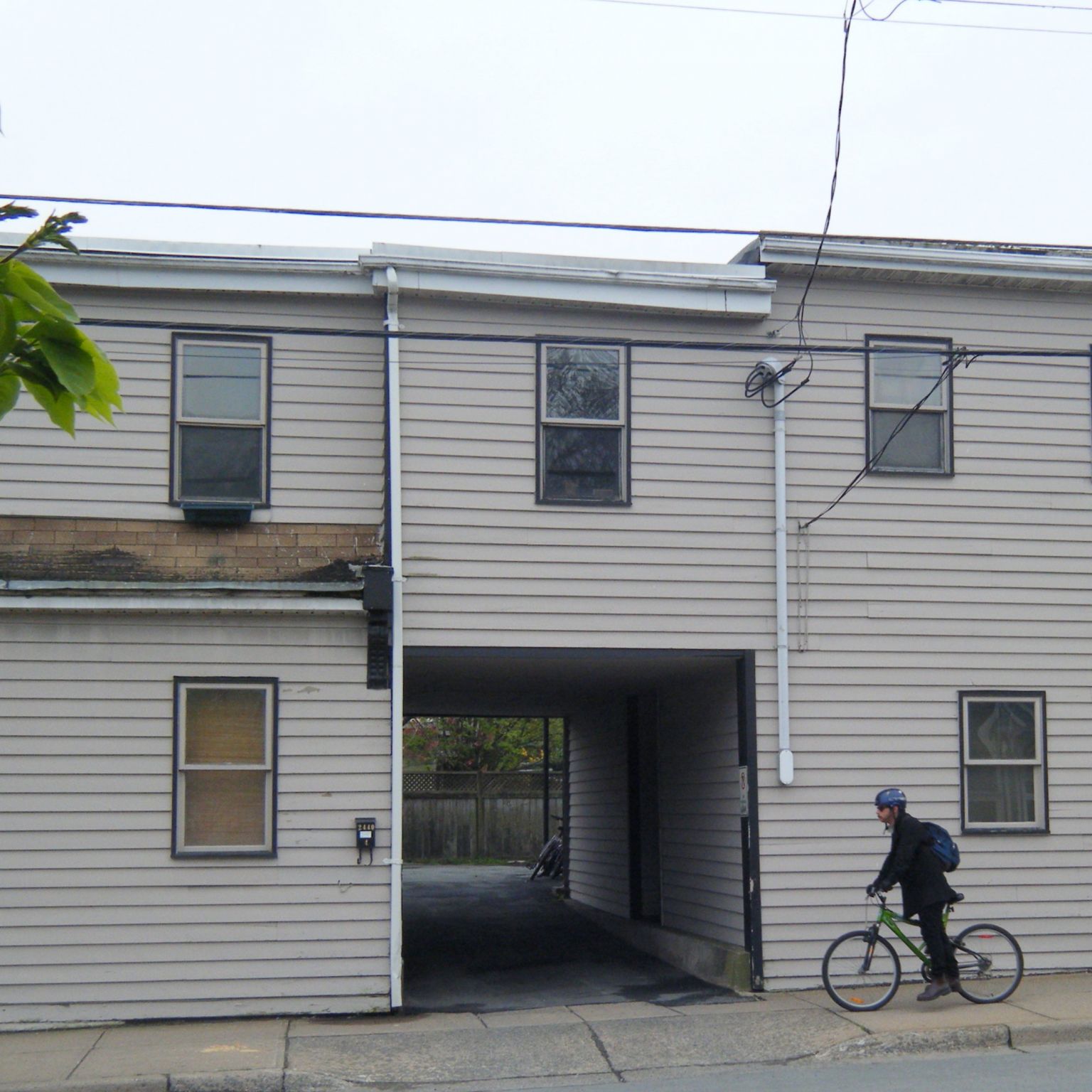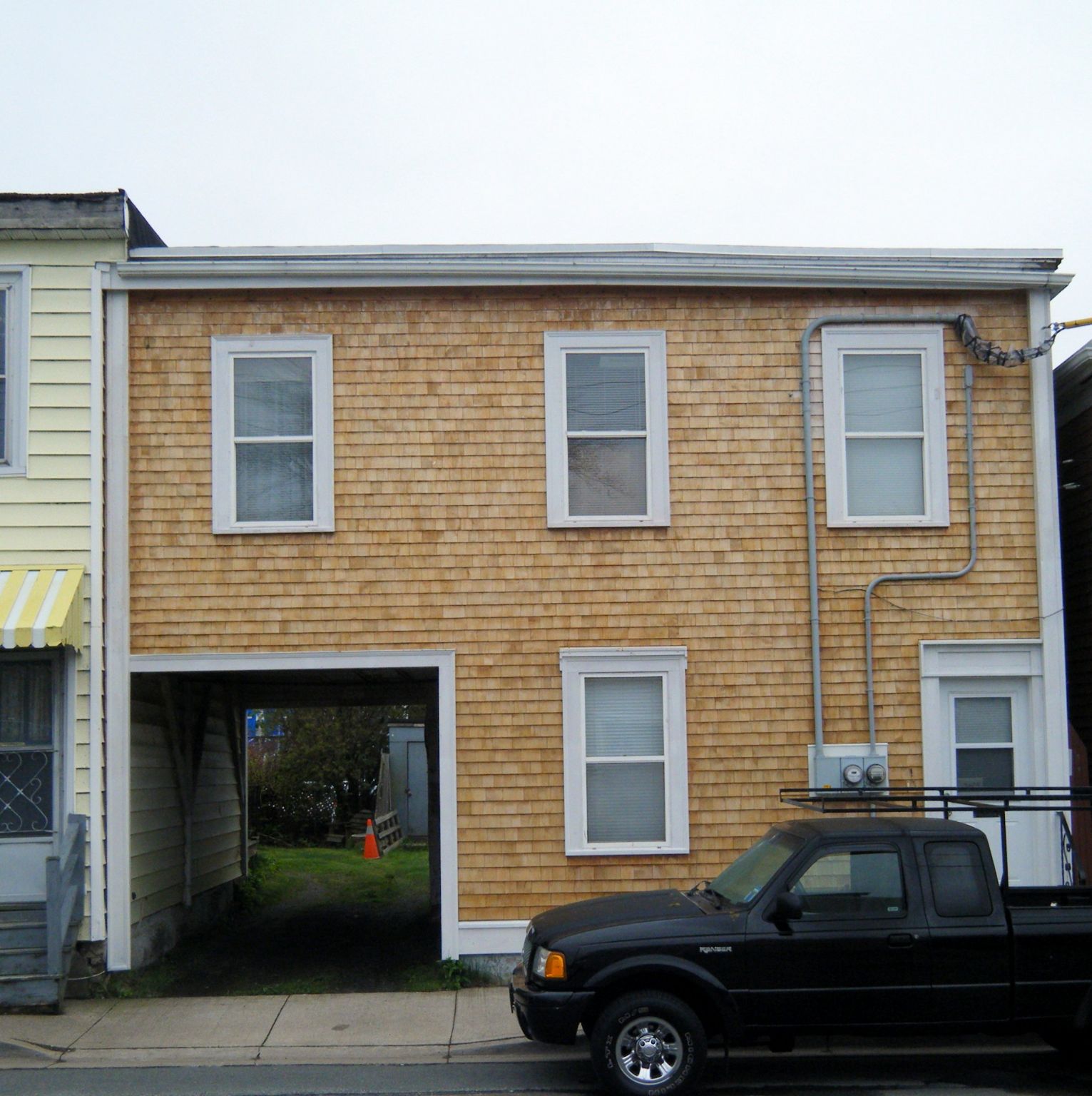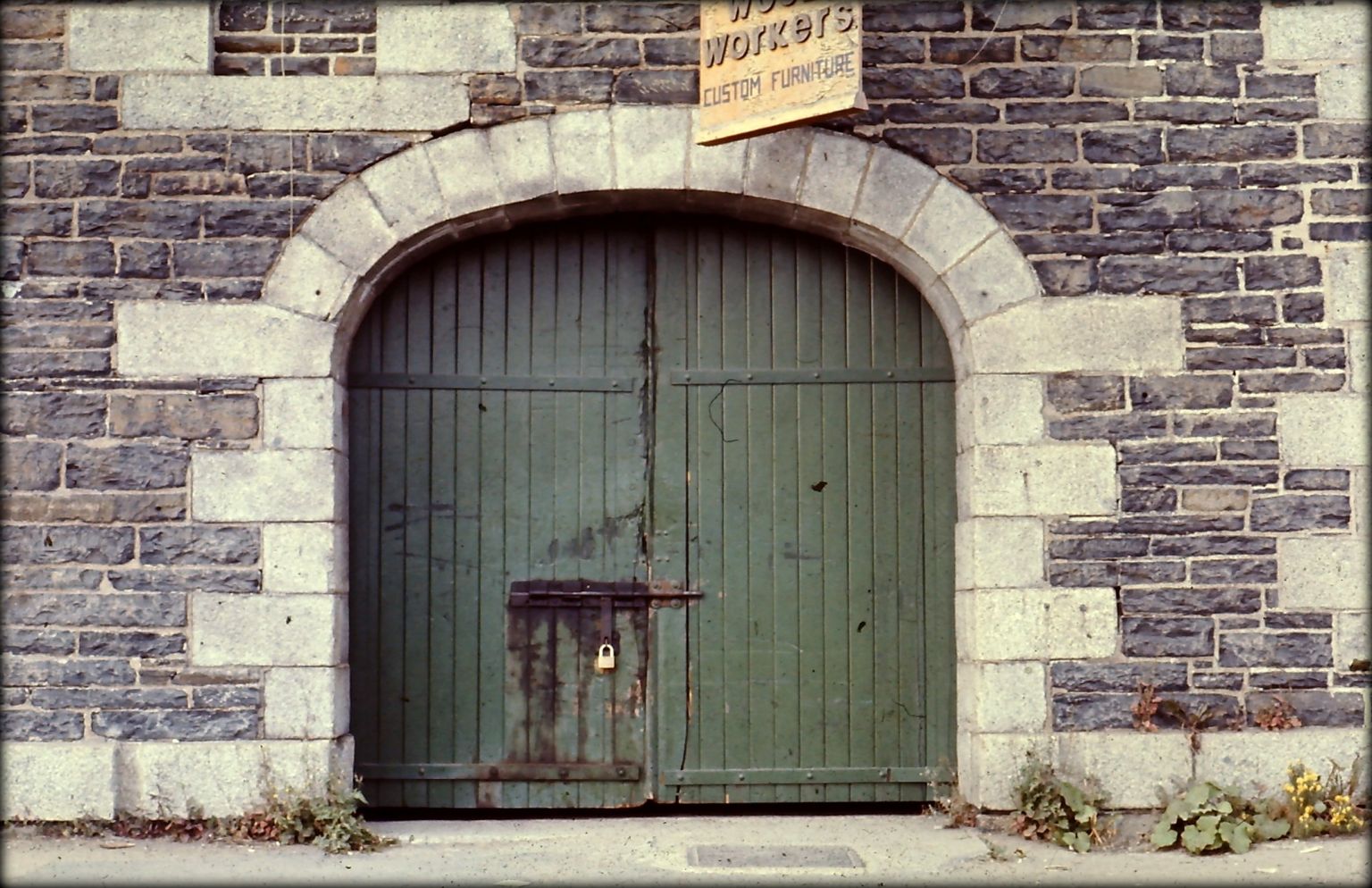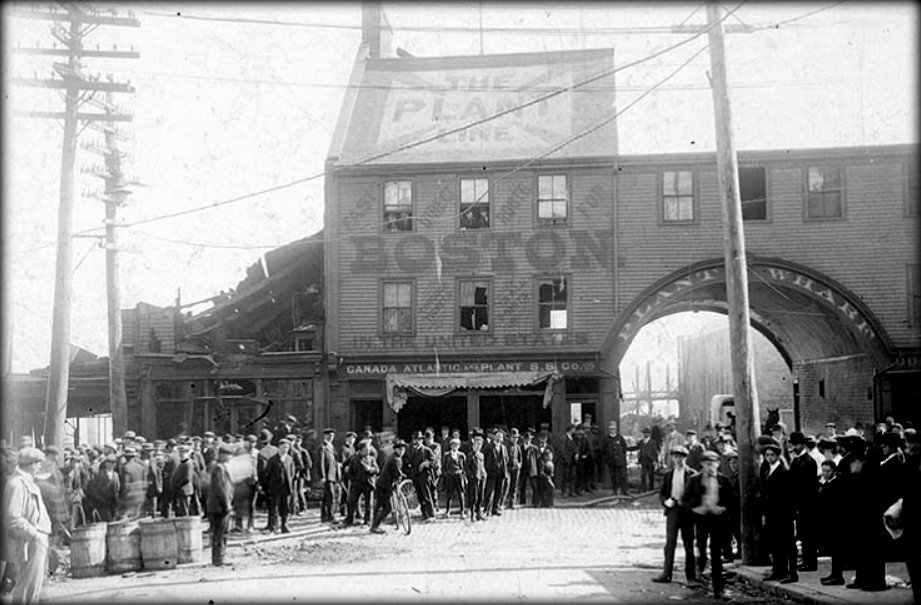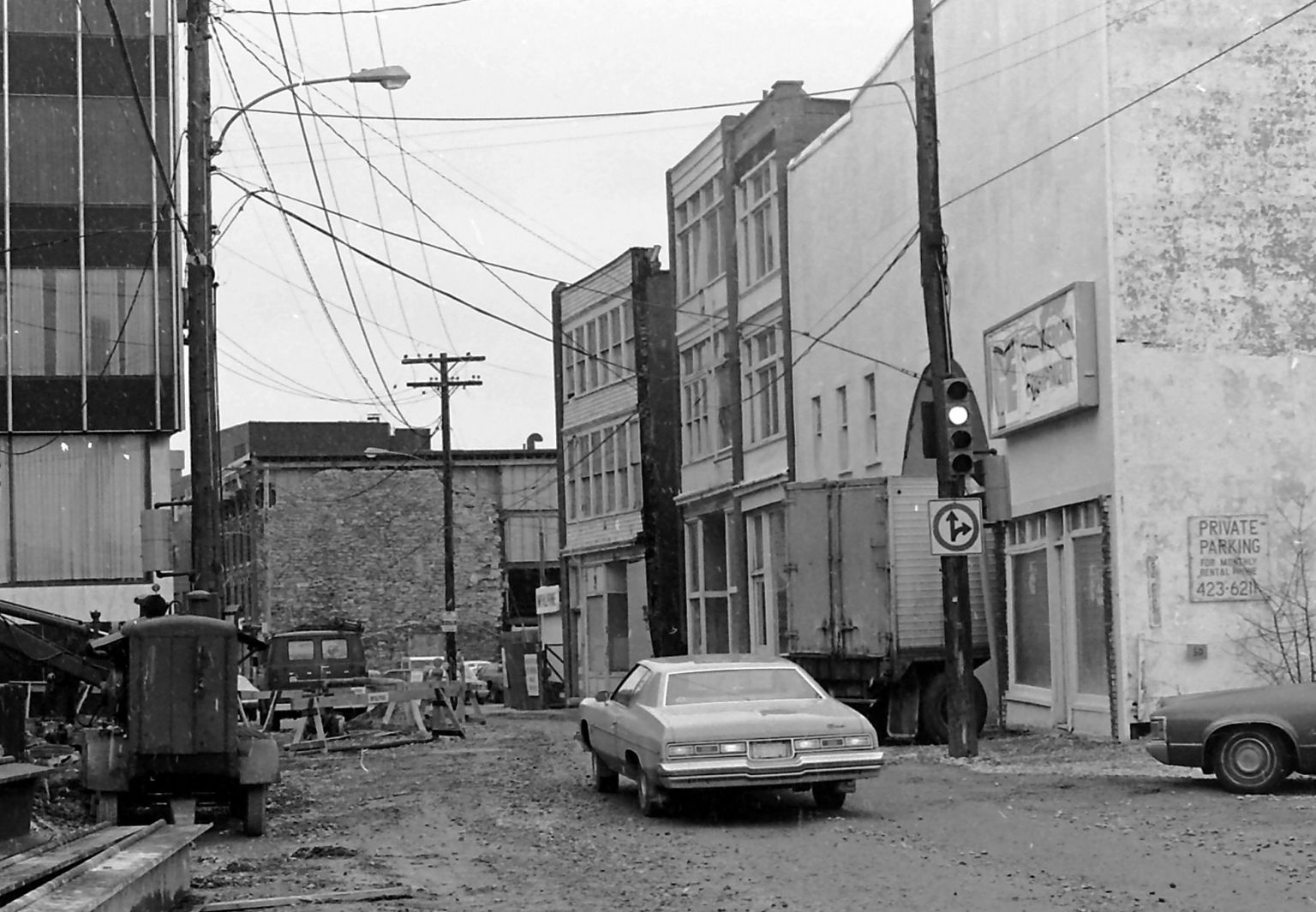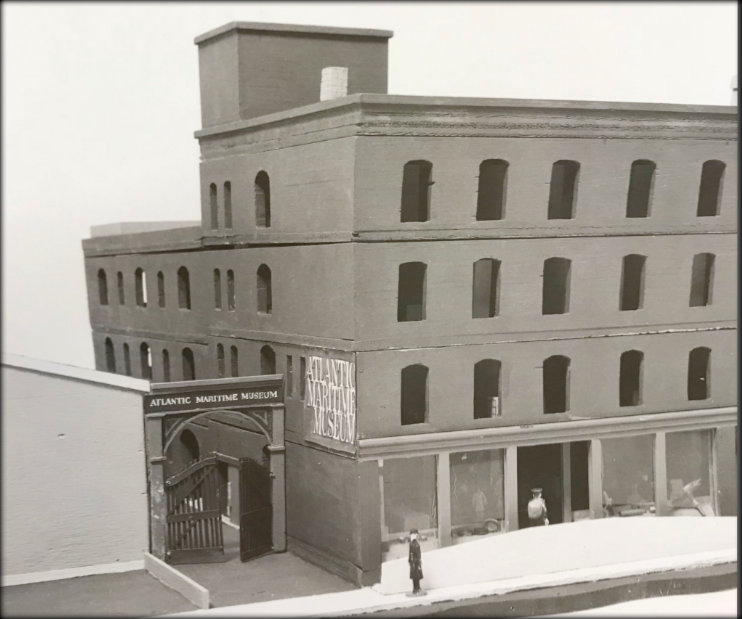The other day, I was walking on May Street in the North End and noticed this house. A narrow passage (sometimes called a horse walk) pierced the line of row houses to provide access to the backyard, where I doubt there was ever a horse. Made me think of The Doors lyric, “break on through to the other side.”
This suggested a swell noticing project for your summer urban rambles. Make a mental inventory of passageways, small and large, through buildings. Agricola Street is a territory rich in examples, to start your adventure.
A Schmidtville stunner is the beautifully restored Carriage Works, where the passageway was through an old industrial building to an interior workyard (today we call this private parking).
On the spectrum are the arched passages into the Brewery Market on Water Street. These once led to open courtyards within the industrial complex.
The Waterfront Arches
If you were around in the late 1970s, you would have heard about the arches that were once scattered along the Halifax waterfront. There was a long crusade to save the last surviving arch that had led to the Plant Steamship Company wharf at the foot of Sackville Street. This photo shows gents gathered in Water Street in September 1904 to look at the recently burned remains of a well known taxidermy shop, next to the noble arch. Those were the days!
By 1942 this arch building had lost some of its charm, and was a depot for Irving Oil. The arch is in the white building with a storage tank out behind. This photo shows the densely packed industrial workplaces that lined Water Street, and why arches were necessary to provide access to the wharves.
My photo from c1980 looks north on Water Street and shows a truck disappearing into the Irving Arch. The building was soon to be demolished, along with its immediate neighbours. Fifteen years later, in 1995, the G7 held their meeting in this exact location, with Bill Clinton, John Major, Helmut Kohl, and all their buddies. The waterfront changed a lot in those years.
An arch in Samuel Cunard’s long gone office and warehouse on Upper Water Street.
This domestic-scale arch was also on Upper Water Street .

Belcher Building, 87 Upper Water Street, Erected in 1811. Photo 1941. E.A. Bollinger Nova Scotia Archives accession no. 1975-305 1941 no. 280
Postscript
In the late 1970s I was part of the planning team for the Maritime Museum, the first new project on the revitalized waterfront. The museum recently tweeted some photos of the model of the Robertson Building that we used to plan the project. I had forgotten that for the passageway between the museum building and the Fisheries Research building to the north, I had suggested a wooden arch.
The arch was based on beautiful gates to the Tobin Wharves, where the Law Courts are located today.







